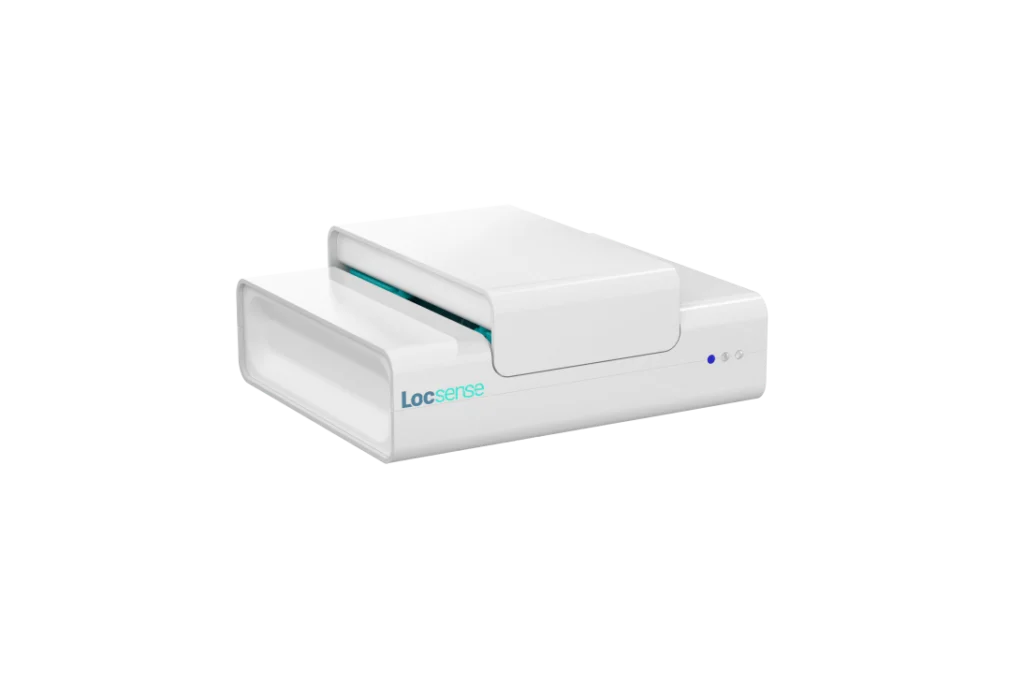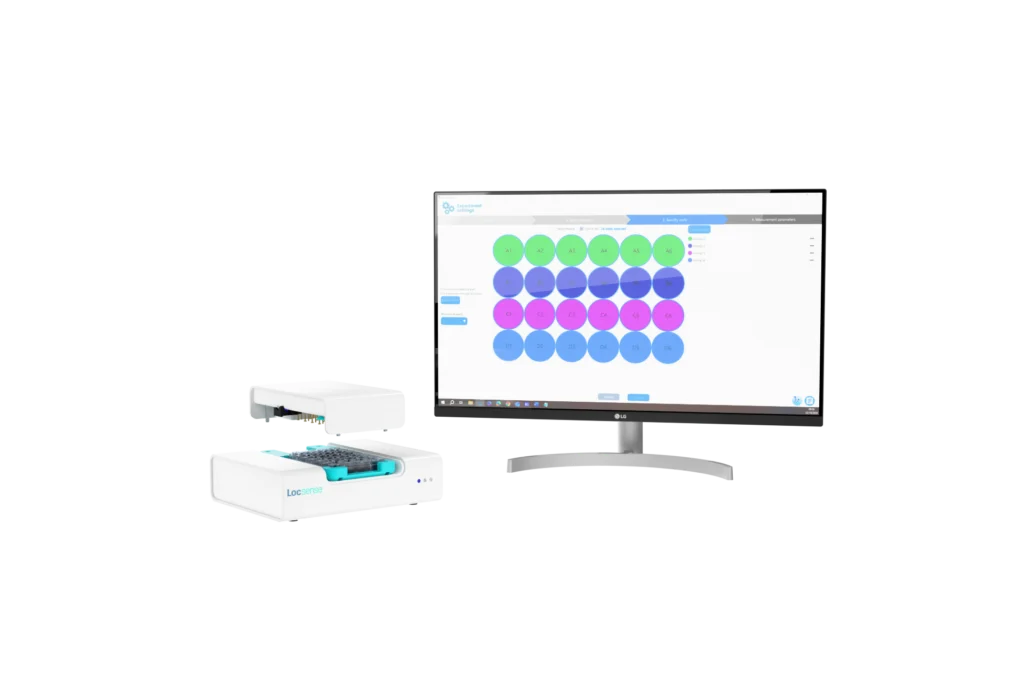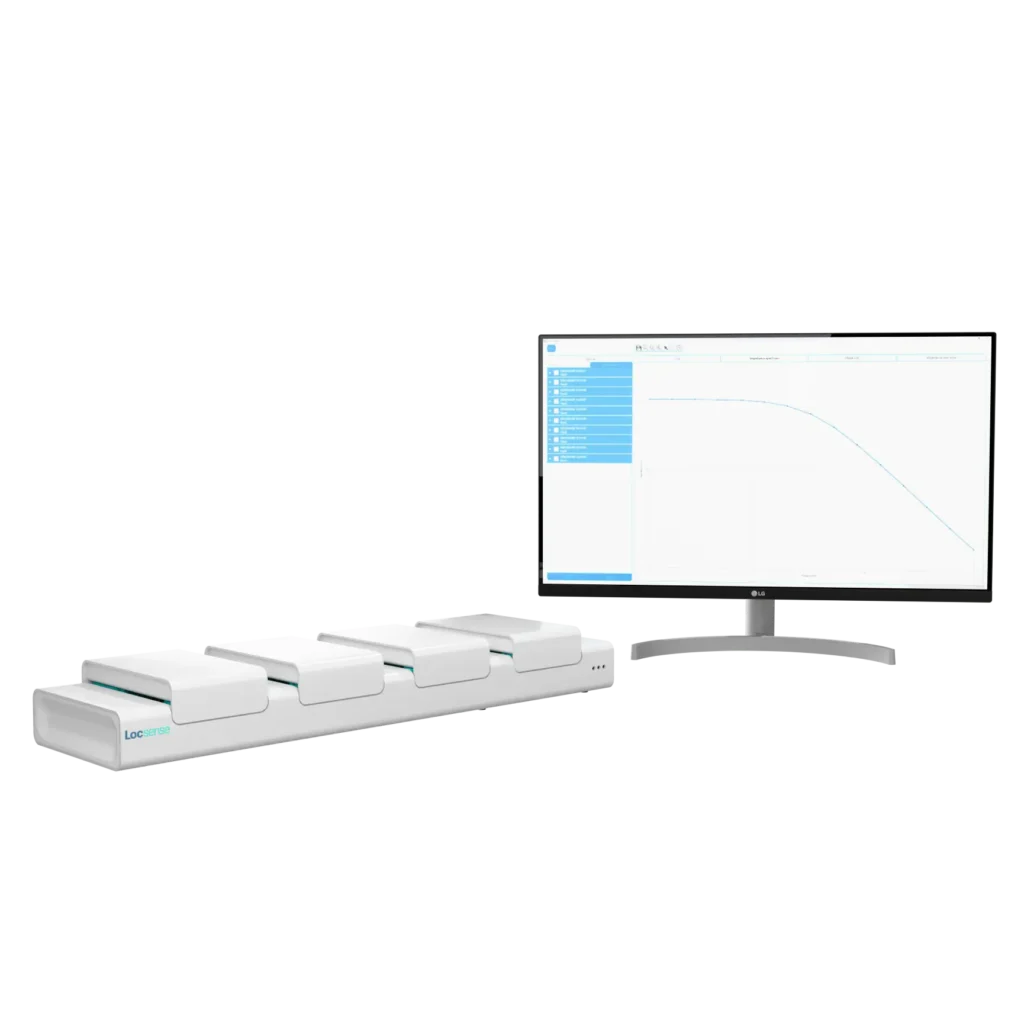
Pharmaceuticals
Barrier integrity is a vital parameter in evaluating the safety and effectiveness of pharmaceutical formulations. It determines how well drugs and treatments can penetrate biological barriers, such as the skin, gut, or blood-brain barrier, without causing harm or adverse effects. Accurate measurement of barrier integrity is essential for developing safe and effective medications that can reach their target sites within the body.
Frequently Asked Questions
Yes, the transwell plates can be placed inside the Artemis plate holder. The device can automatically read-out the entire plate by performing TEER and impedance spectroscopy measurements on all wells.
Yes, in addition to the standard configuration, Locsense can provide interfacing to microfluidic chips, or organs-on-chip.
Yes, the Artemis can perform time-lapse measurements, e.g. for a period of 24 hours or 72 hours with time intervals varying from several minutes to hours or days.
Yes the Artemis is compatible with the incubator. The cells can be placed inside the incubator, while the Artemis detector is placed on top of the incubator.
News
Resources

Join us at the European Brain Barriers meeting
We’re excited to announce that Locsense will be joining the Brain Barriers Meeting in Bern from 8-10 September 2025! Our team will be there to connect with leading researchers and innovators in the field of brain barriers, and we look forward to sharing insights on our cutting-edge Artemis platform and the role of impedance spectroscopy…
Read more
Locsense technology supports breakthrough skin barrier research
Researchers from Creighton University School of Medicine have uncovered how a specific protein, hFWE4, helps build and maintain our skin barrier. Their findings, published in the renowned journal Nature Communications, could lead to new ways of understanding and treating hereditary skin disorders.
Read more
Podcast Episode 34 Impedance and Impact
In this first episode of a three-part podcast series, Susan Roelofs and Eline Geervliet from Locsense join host David Yarmosh of ATCC to share the story behind the founding of Locsense in 2016 and the company’s growth journey over the years. The discussion highlights the unique features of the Artemis platform and explores the importance…
Read more
Meet us at the ESDR conference in Antwerp
Locsense will be exhibiting at the ESDR (European Society for Dermatological Research) conference in Antwerp from the 10th untill the13th of September 2025. We'll be featuring our Artemis ST, and discussing its applications in dermatological studies. This is a great opportunity to see a live demo and learn how our technology can provide deeper insights…
Read more
Installation Artemis at StratiCELL
We are pleased to announce the installation of the Artemis TEER Detector at the renowned CRO StratiCell laboratory! StratiCELL and Locsense are currently collaborating to the implementation of this innovative TEER detector to monitor skin cell constructs and evaluate the effects of various compounds. This is a big step in our recent partnership, also including…
Read more
Meet us at SOT in Orlando
Locsense will be showcasing its innovative solutions at the Society of Toxicology (SOT) annual conference in Orlando. Join us to explore our latest advancements in toxicology research, connect with industry experts, and discover how Locsense is shaping the future of safety and risk assessment. Mark your calendars and visit us at Booth 532 from March…
Read more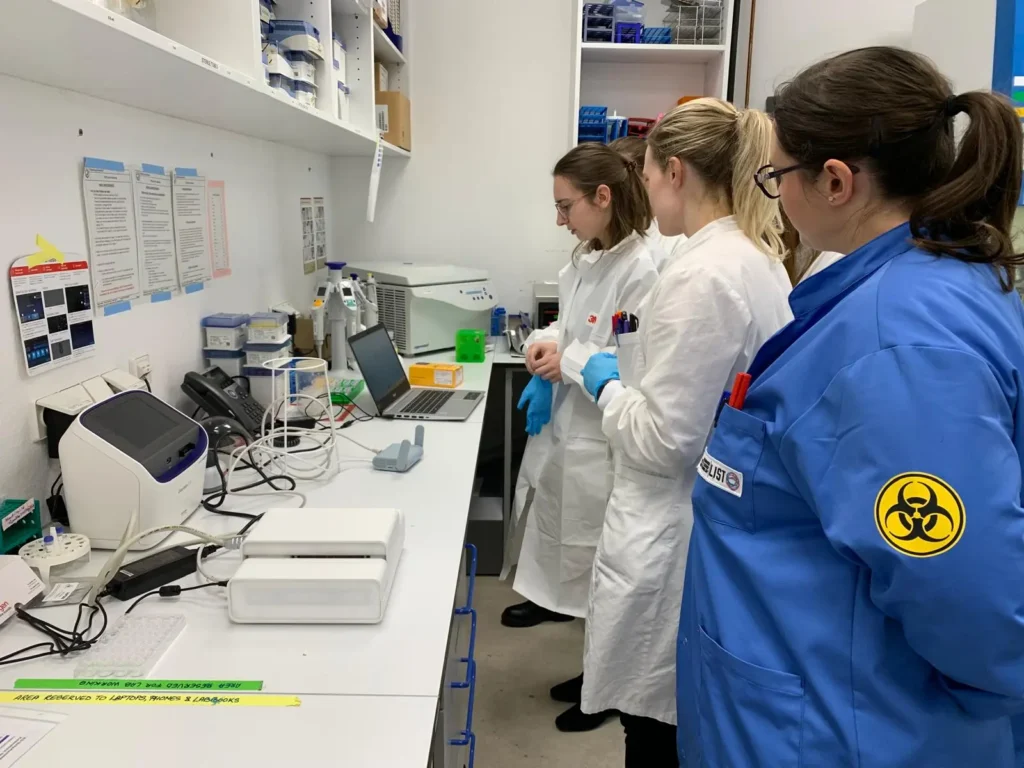
Installation at Luxembourg Institute of Science and Technology
We are delighted to announce that Luxembourg Institute of Science and Technology (LIST) is the newest user of our technology for barrier integrity monitoring. This partnership marks a significant step in advancing skin and lung research at LIST. We will keep you up posted on the results that will come out of this collaboration.
Read more
European Respiratory Society Congress
Locsense will be attending The European Respiratory Society Congress (ERS), which will be held in Vienna, on September 7 - 11, 2024. For more information, click here. Stop by the Locsense booth to meet our experts and watch live demos. We look forward to seeing you in Vienna.
Read more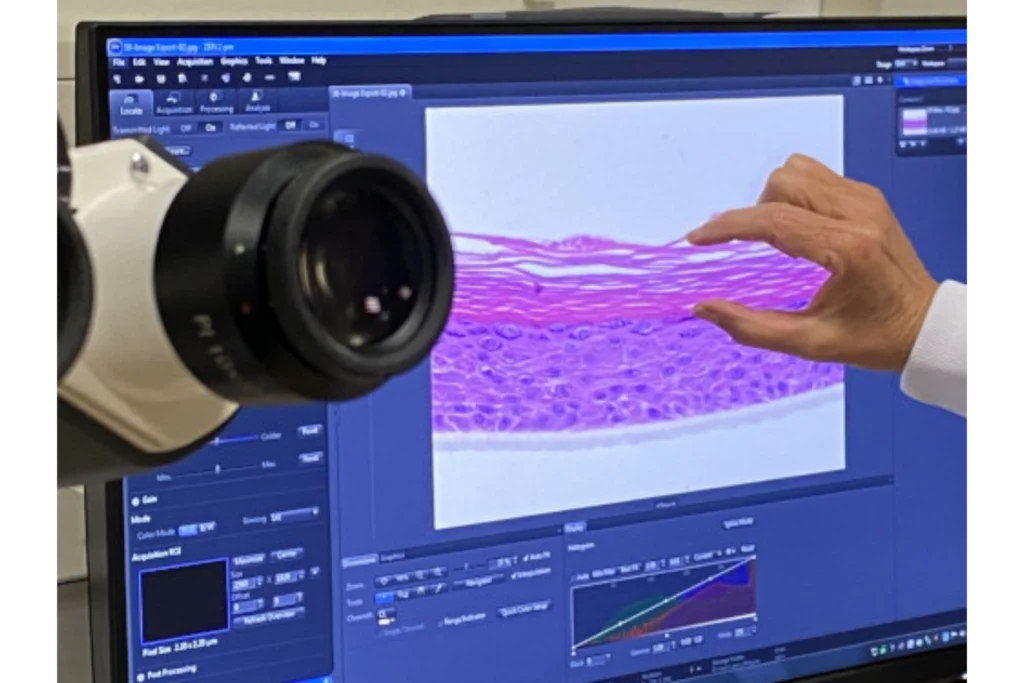
Decoding Skin Resilience
Researchers from the Radboudumc and Locsense developed an approach to measure how genetic variants, inflammatory mediators, and drug candidates affect skin barrier development and function. The article is now in press in the Journal of Investigative Dermatology. The quantitative and longitudinal analysis of epidermal differentiation and skin barrier function in skin organotypic models was monitored.…
Read more
Upcoming webinar on monitoring of the gut barrier function
Upcoming Webinar: “Does all disease begin in the gut? Monitoring the barrier function of an in vitro gut mimic” Join us on May 23rd for an insightful session presented by Eline Geervliet, Application Scientist at Locsense B.V.. The event will be hosted and accommodated by Brian Shapiro, Marketing Segment Manager at ATCC, and will feature data insights from Lena Koch, PhD candidate…
Read more
Breath taking: lung physiology explained
Read more
Flower dependent trafficking of lamellar bodies facilitates maturation of the epidermal barrier
Big news in skin science! A study in Nature Communications has uncovered a new detail about how our skin's protective barrier is formed. A protein called hFWE4 uses calcium to ensure vital building blocks are delivered to the skin's surface. Understanding this process is critical for future innovations in skin health and treatments for skin…
Read more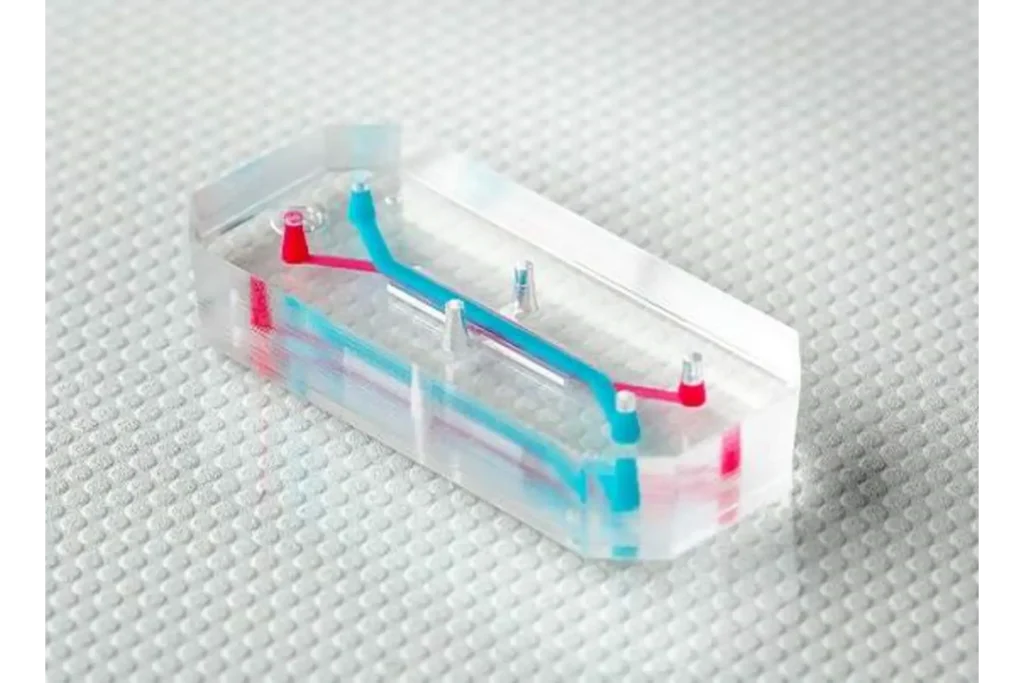
Comparing Transwell and Organ-on-Chip Cultures in Modern Biology
Read more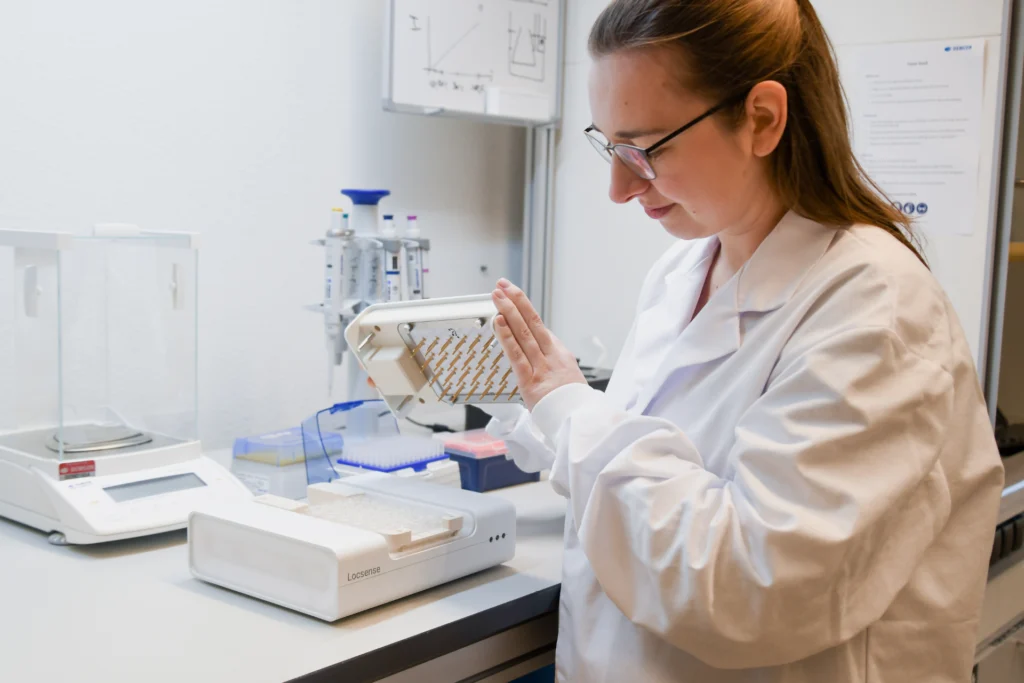
Impedance spectroscopy; what and why?
Impedance spectroscopy is a powerful analytical technique widely used in in vitro testing to evaluate the barrier function of cell cultures. One of the most critical applications of impedance spectroscopy is in assessing the integrity of epithelial and endothelial cell layers through measurements such as trans epithelial/transendothelial electrical resistance (TEER). Transepithelial electrical resistance (TEER) and…
Read more
Project in the spotlight: EpiSense
Besides providing hardware and software for impedance spectroscopy, we are actively involved in several innovative projects. One of the projects is EpiSense, where a consortium (StratiCell, Locsense and Radboudumc) develops an EPIthelial SENSing, or EpiSense, solution that accurately measures the barrier function of skin constructs. This enables researchers to improve their scientific output and CRO’s…
Read more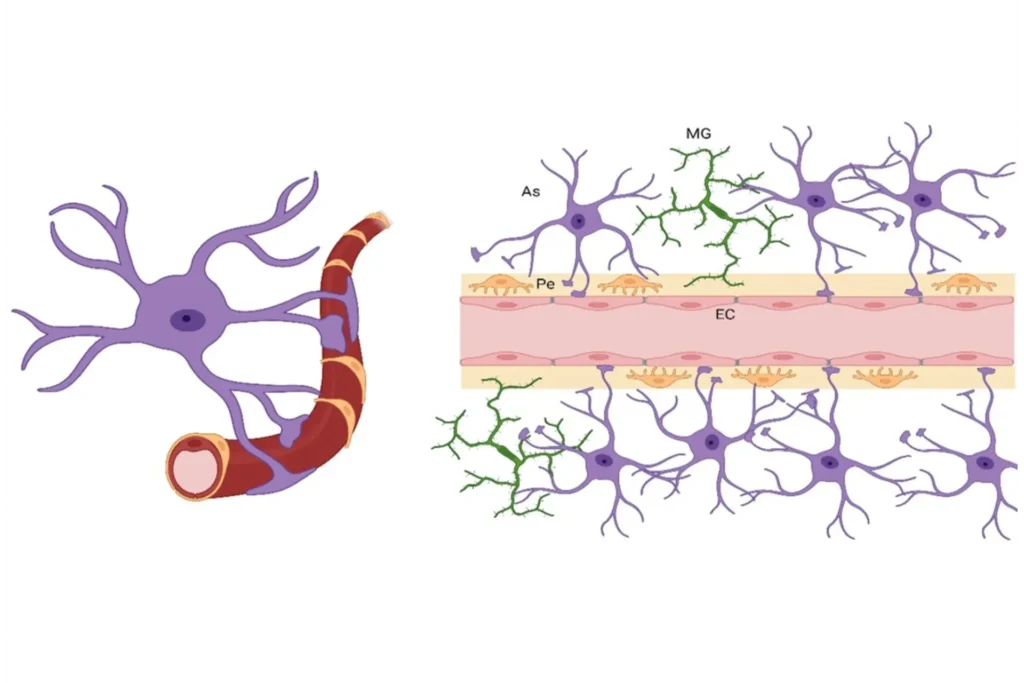
The blood-brain barrier’s role in health and disease
The blood-brain barrier (BBB), as the name states, is a highly selective and protective interface between the bloodstream and the brain. It consists of endothelial cells that line the brain’s capillaries, forming tight junctions that restrict the passage of substances from the blood into the brain. This barrier serves several key functions [1]:
Read more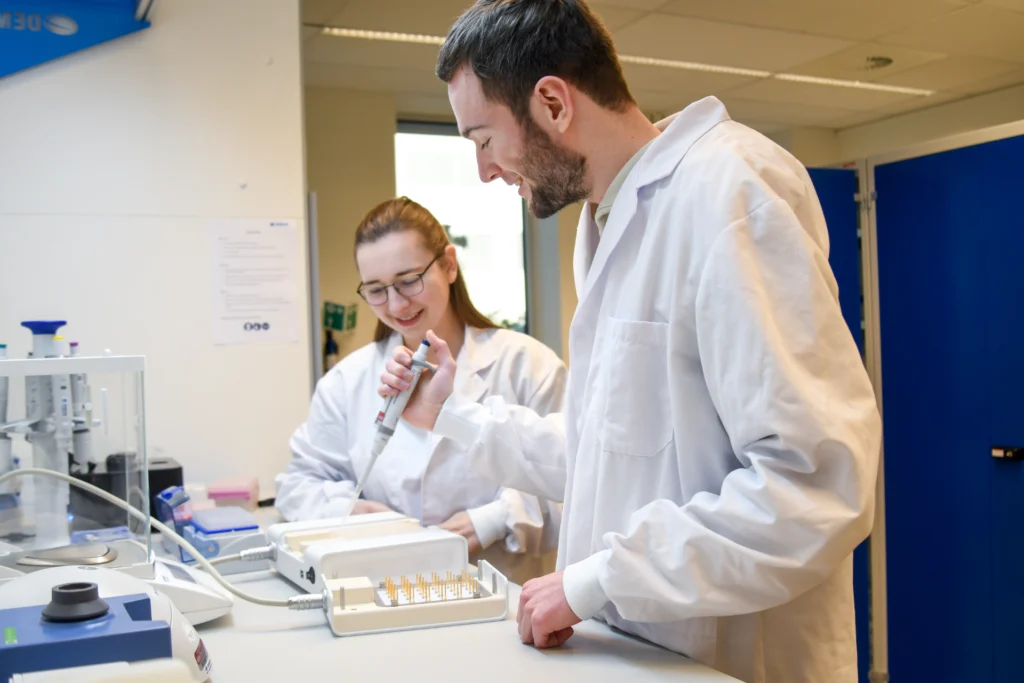
Importance of in vitro testing for the 3R’s
Animal testing has long been a fundamental aspect in biomedical research, toxicology studies, and drug development. However, ethical concerns and scientific limitations have driven the development of alternative methods that align with the principles of the 3R’s: replacement, reduction, and refinement. In vitro testing has emerged as one of the most promising approaches to achieving…
Read more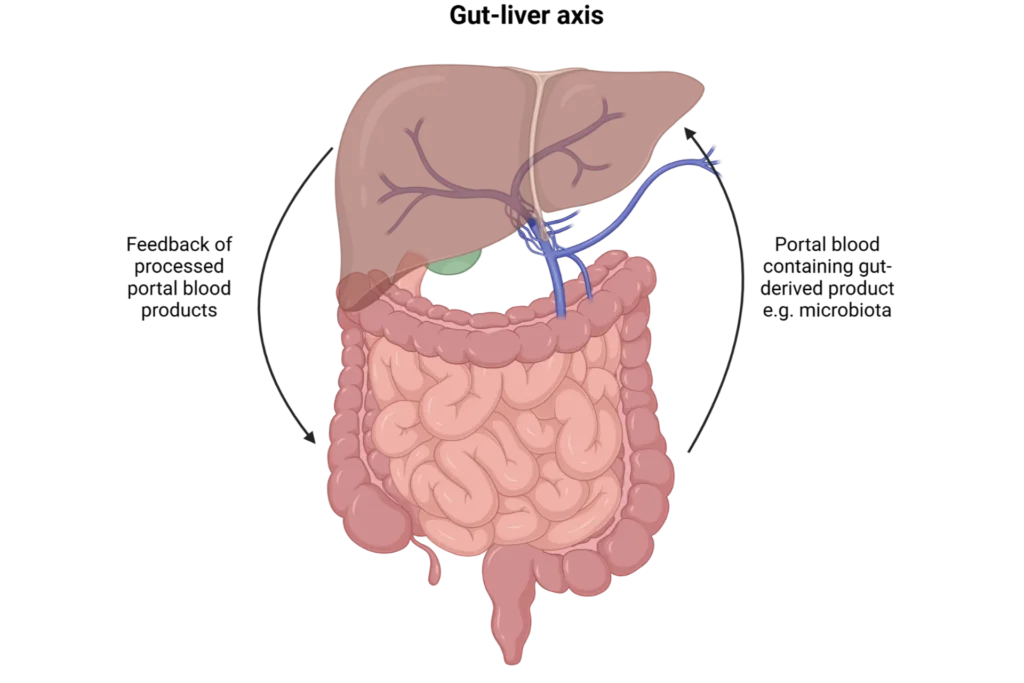
Innovative Microphysiological Model Using HepatoXcell™ Primary Human Hepatocytes and Locsense Artemis
The development of a highly representative in vitro gut-liver model is essential for improving drug testing accuracy while minimizing the reliance on animal studies. Traditional animal models often fail to fully replicate human physiology, leading to discrepancies in drug metabolism and toxicity predictions.1 A physiologically relevant gut-liver system would provide a more accurate platform to…
Read more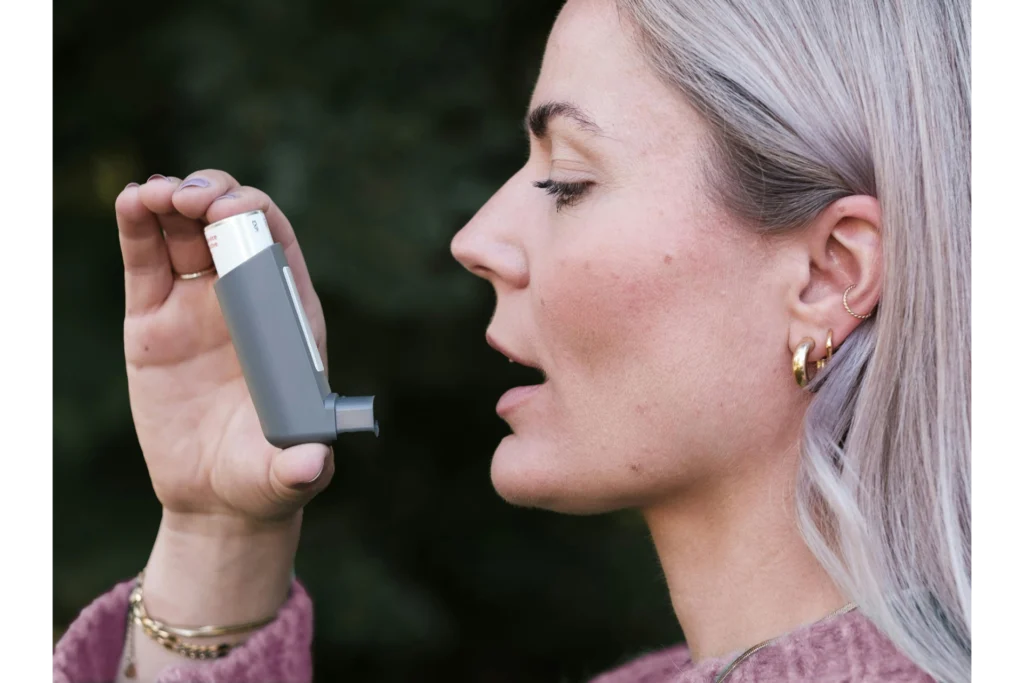
HMOS 2’FL and 3FL prevent house dust mite induced proinflammatory cytokine release in vitro and decrease specific IgE production in a murine allergic asthma model
Allergic asthma is characterized by sensitization to airborneallergens like house dust mite (HDM). Human milk oligosaccharides (HMOS) are linked to improved immune maturation and potentially alleviate allergy development. Here, we describe an in vitro human airway mucosal HDM sensitization model as relevant tool to reduce use of animals in studies aiming to prevent HDM allergic…
Read more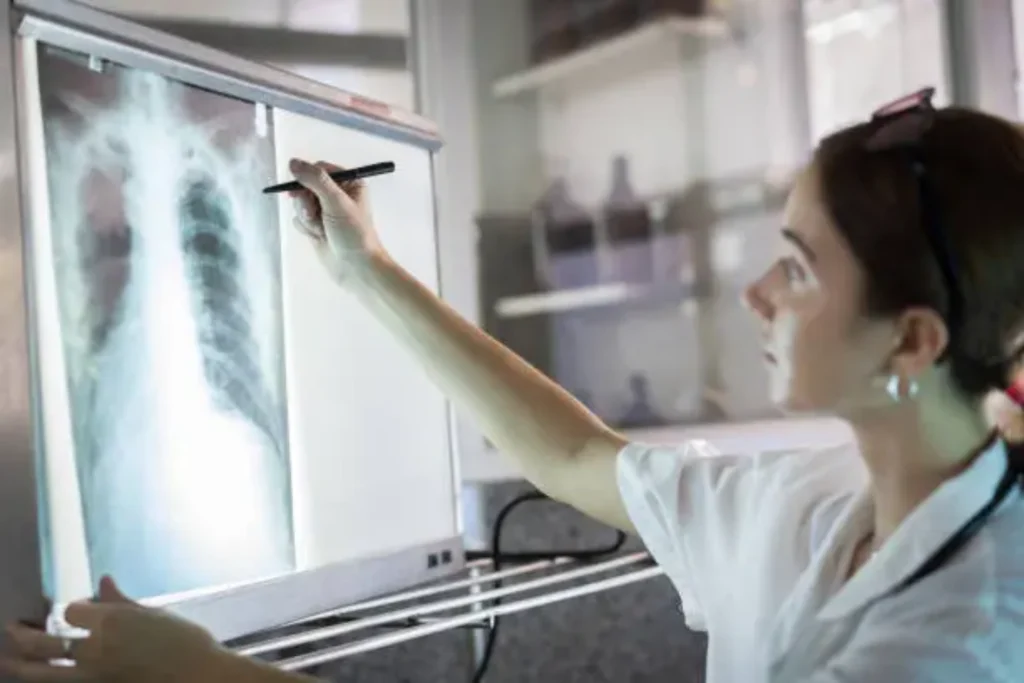
Beyond the barriers: impedance-based quality control of in vitro lung models
Chronic pulmonary diseases are a high burden on the healthcare system and on the quality of life (QoL)of its patients. As the third leading cause of death, chronic respiratory diseases have a tremendousmortality rate [1]. Moreover, with a prevalence of 300 million people worldwide, pulmonary diseases arenot only mortal but also highly prevalent [2]. The…
Read more